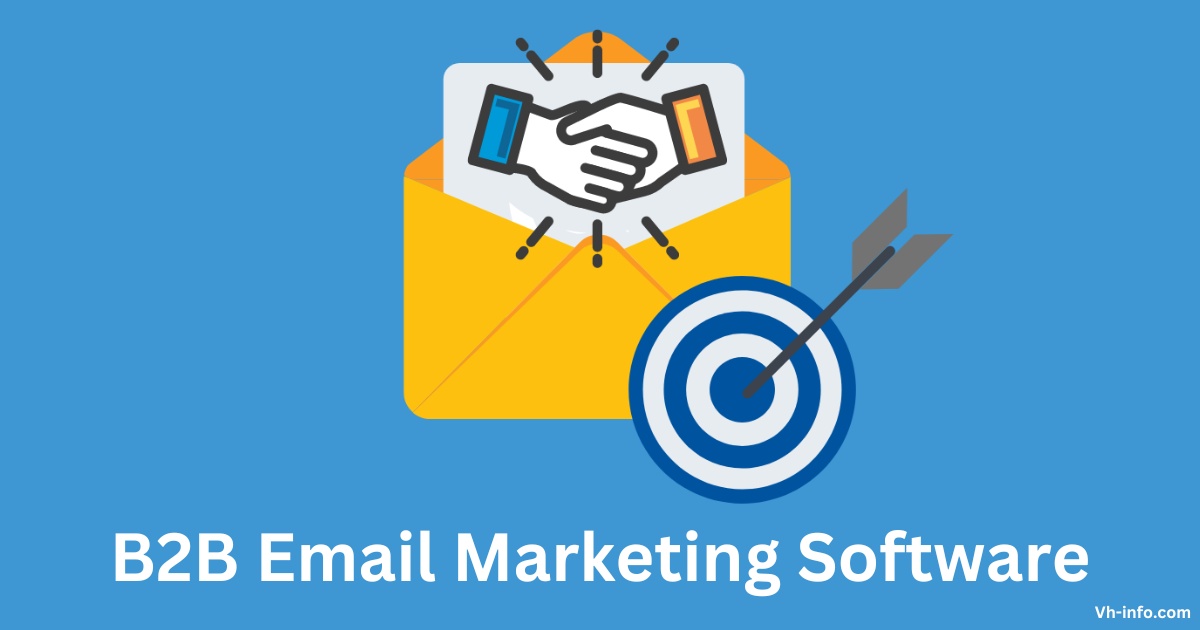
Best B2B Email Marketing Software 2025 – Why To Use, Features & More
In today’s competitive digital landscape, email marketing remains a cornerstone of successful marketing efforts, especially for B2B businesses. To execute

Best B2B Email Marketing Software 2025 – Why To Use, Features & More
In today’s competitive digital landscape, email marketing remains a cornerstone of successful marketing efforts, especially for B2B businesses. To execute
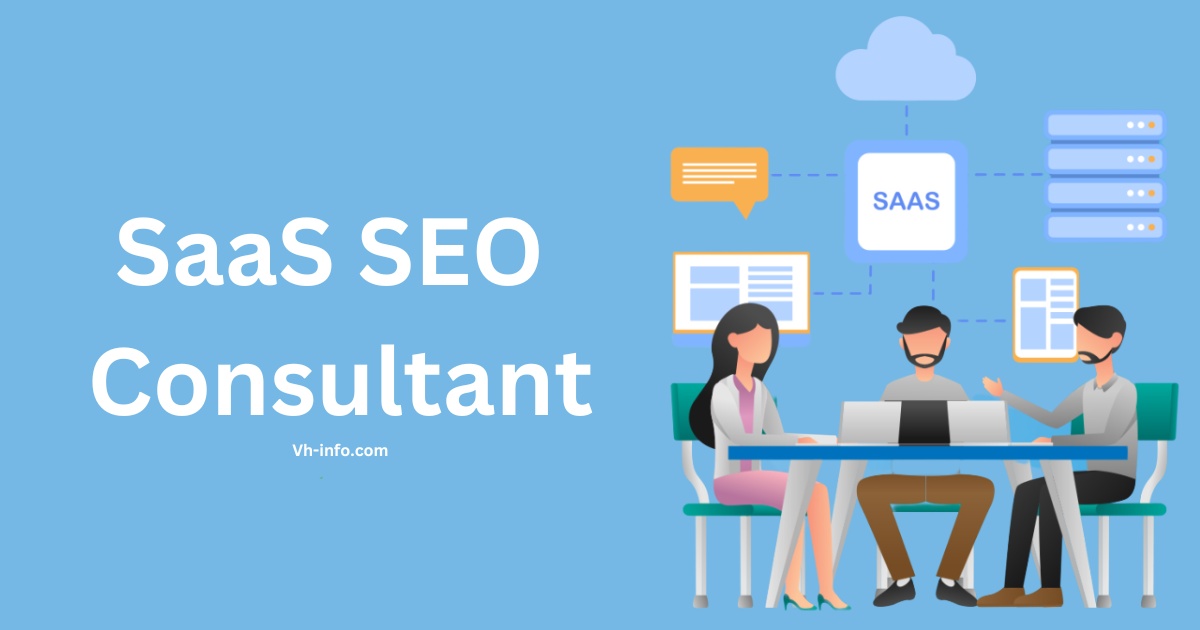
Who is SaaS SEO Consultant – Drive Revenue Growth & Conversions
In the competitive SaaS landscape, achieving visibility and attracting the right audience is critical. Search Engine Optimization (SEO) plays a

Top Best Backlinks Agency: Best Link Building Services To Scale
Every modern business in the United States wants more organic traffic and higher search engine visibility. Pursuing these goals often
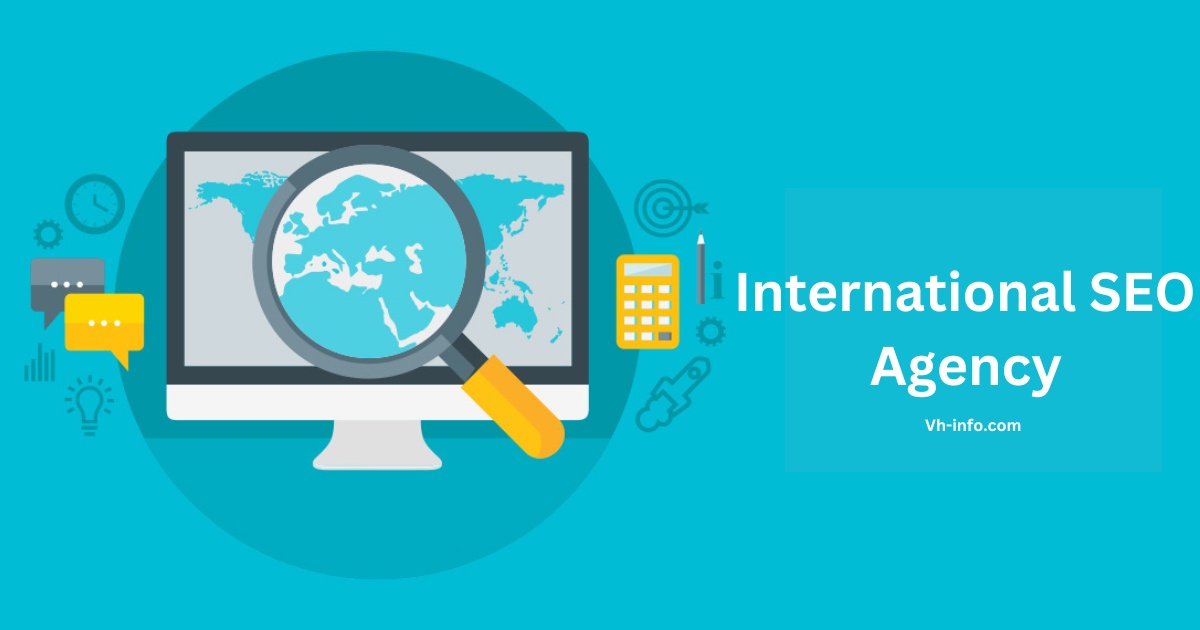
International SEO Agency – #1 SEO Services To Expand Global Reach
Reaching a global audience can transform how a business connects with diverse audiences. This expansion requires more than translating website
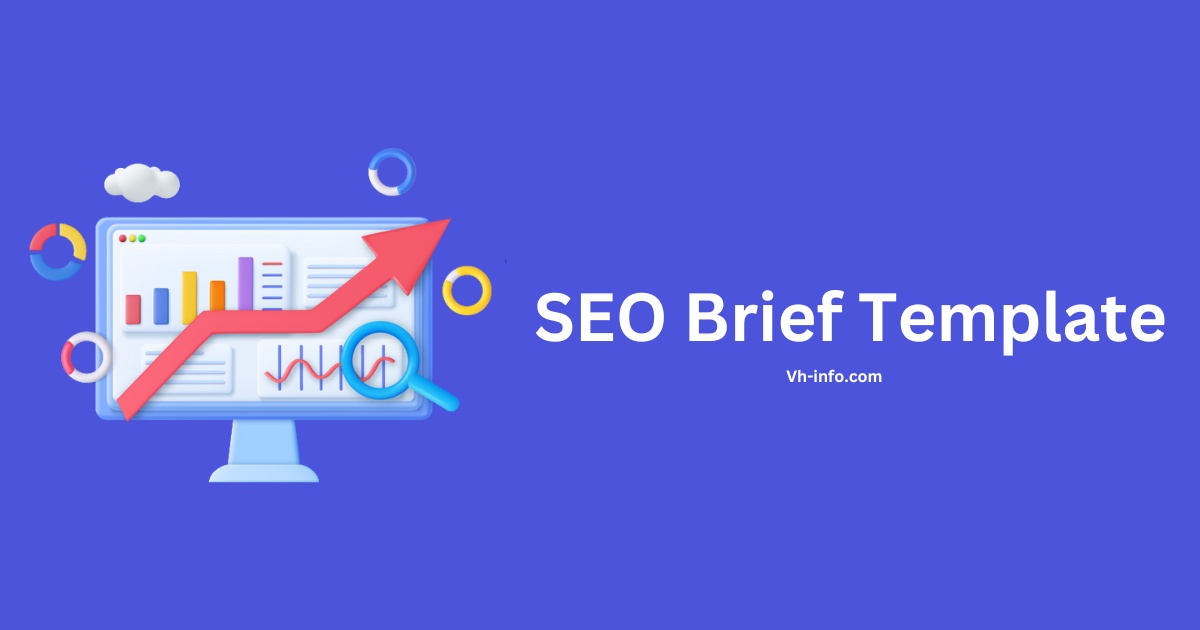
SEO Brief Template: Create Flawless SEO Content Briefs [Guide]
Creating a well-structured SEO content brief is important for producing content that ranks well, engages readers, and meets business goals.

What is Organic SEO: Strategies & Techniques To Grow Traffic FAST
In the ever-evolving digital landscape, organic SEO remains a cornerstone for SaaS companies aiming to establish a strong online presence
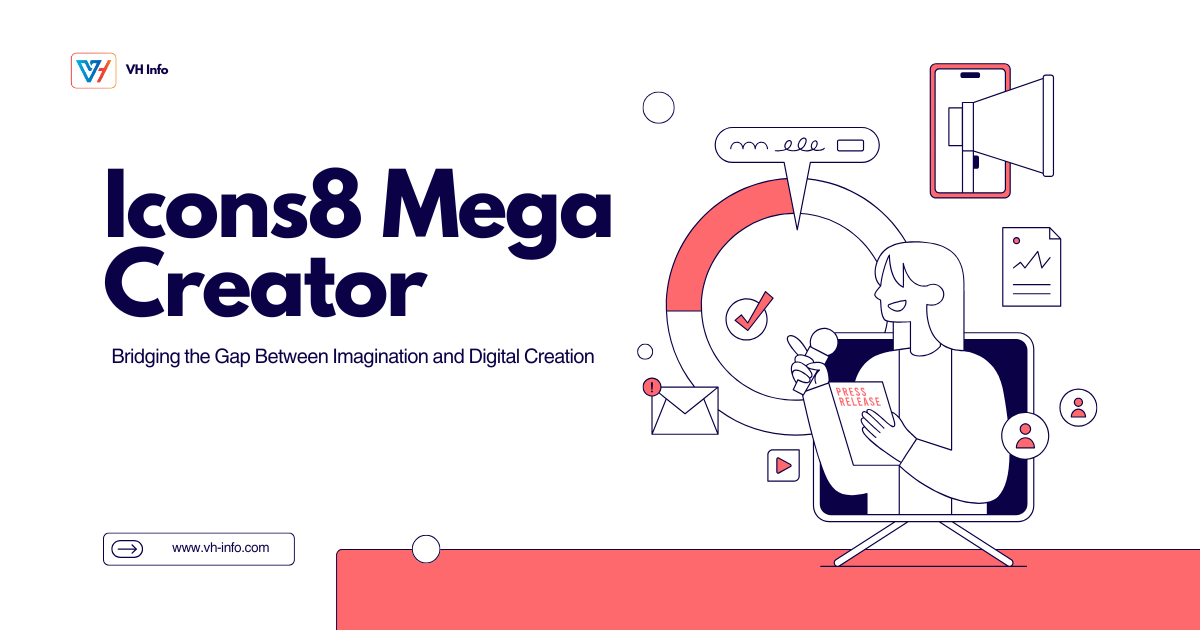
Icons8 Mega Creator: Bridging the Gap Between Imagination and Digital Creation
In the constantly evolving landscape of digital design tools, finding solutions that balance power with accessibility remains a persistent challenge.
WHAT WE
3rd floor, VHinfo, QRXG+CG9 Capital Market, Canal Rd, chokdi, Ravapar, Morbi, Gujarat 363641
VH-info © 2025 | All Rights Reserved